Terracotta – The Basics
Terracotta in Italian translates to "baked earth." It is a very versatile material that is used for sculpting, decorative architectural designs, unglazed ceramic art and cookware. Terracotta is a porous, coarse clay that is affordable and durable, which makes it a famous clay for various reasons. Since its nature is to take the form of anything you shape it in, it gives a variety of usage options.
History
Mesopotamian art is very famous for using terracotta extensively. Egyptian art, architecture and artefacts used terracotta as a popular material. It was first used as bricks, and then for pottery, and later jewellery and cookware. Terracotta was discovered as a material that was first used in Prehistoric art. It was found at various archaeological sites, and that implied that our ancestors already knew how to make and use terracotta articles.
Terracotta cookware is a beautiful reddish-brown shade that is baked in a fire kiln at low temperatures. The iron component and heat intensity are responsible for giving the terracotta its characteristic colour. After being cooked, it loses its water content and becomes porous. One of the main reasons that terracotta is an excellent material for making cookware is because the food remains hot for a more extended period; the pot is waterproof and easy to clean as well.
Terracotta is a great option to cook as well as to store food. It is also ideal for baking since it distributes the heat evenly. Did you know the brick oven in which pizza is baked has the bricks made of terracotta? This is because terracotta absorbs the moisture from the dough and gives a perfectly baked crisp crust.
Terracotta is very popular worldwide in today's scenario. Many countries have their unique style of terracotta cookware based on their cuisine. There is varied terracotta cookware that has originated in different countries.
Authentic terracotta cookware:
Tajine or Tagine: This is typically a slow cooker that has a high dome or conical shaped cover and a wide but shallow base. This is ideally used for cooking vegetables or tender meat. The reason the cookware is designed like that is that it uses low heat. During the cooking period, the evaporated moisture and steam from the food condenses and gets collected at the top of the conical lid and trickles back down onto the food inside the terracotta. This ensures that the flavour is not lost, and the food is well cooked and tender. The tajine or tagine originated in Morocco and is now used the world over in various cuisines. Tagines are ideally used to prepare authentic dishes like roasts, rice, beans, and stews. It is designed in such a way that the food can be cooked and served in the same dish. Interestingly, tagine is also the name of a delicious dish.
Cazuela: Cazuela is a round, shallow earthenware that originated in Spain. Interestingly, Cazuela is also the name of a Chilean and South American dish. It is used just like a skillet and can be used to bake or cook on the stovetop. This glazed terracotta is convenient for cooking and also keeps the food fresh and warm for a longer time. The Cazuela also doubles up as a serving dish due to its glazed look and rustic appeal. Ideally used for slow-cooking, baking, and roasting, the Cazuela is popularly used all over the world for cooking soups and stews.
Baking dish: Terracotta baking dishes are superior because they are perfect for baking bread and buns. The crust is crispy, while the centre is super soft and spongy. This is due to the reason that the moisture evaporates slowly, and the heat is evenly distributed. The terracotta baking dish is perfect for achieving the perfect roast that is tender and full-flavoured.
Cooking pots: Terracotta pots have a unique characteristic. When heated, the water slowly evaporates from the clay's minute pores and produces steam. Thus, foods are cooked in their juices, and none of the flavours are lost. They can also be used to serve any dish hot.
Why is terracotta universally popular as cookware?
Terracotta cookware is multifunctional: It can be used for cooking, baking, serving, and storing food. It can be used in various cooking processes like boiling, frying, baking, simmering, sautéing, roasting, and slow cooking.
Fresh and tasty food: Since terracotta allows the food to cook in its moisture and juices, the flavours are not lost. It has excellent retention properties, and thus hot food remains fresh and warm while the refreshing curd, buttermilk, and water remain cool.
Healthy and safe: Less oil and fat are required to cook in a terracotta dish. Nutrients are not lost due to being controlled and spread out by the heat. Clay, being alkaline, neutralizes the acidity in the food and makes it healthy and tasty.
Environment-friendly: Terracotta is readily biodegradable and doesn't contain harmful chemicals that harm humans or the environment.
Aesthetical: The brownish-orange colour of the terracotta is very appealing on the table and can be used to cook and serve in the same pot.
Easy maintenance: Terracotta is natural to wash, dry, and store. Good quality terracotta is not too fragile either.
Terracotta is available as glazed and unglazed. When you select your terracotta cookware, you ought to know the specifics.
Conclusion
The glazed terracotta is famous for its ability to balance the pH of the food being prepared. Unglazed terracotta allows for superior steam circulation. Based on the cuisine and type of cooking method that you follow, you can choose the right kind of terracotta cookware.
Sway the winds of our culture back at your tables with Ellementry's terracotta collection that ranges from curd-setters to sprout makers to water bottles to bakeware. We go deep down into history to bring you products considered long forgotten. Our Terracotta range is an exploration into history's marvels matched with beautiful artistry that transforms your kitchen experience both in terms of cooking and dining.

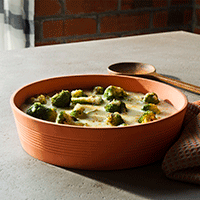
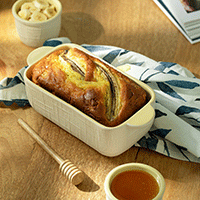
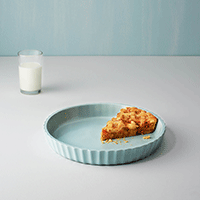
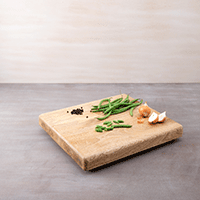
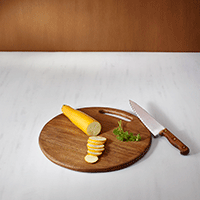
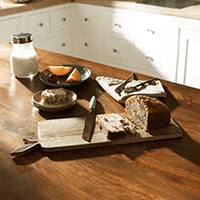
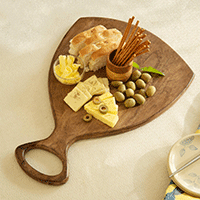
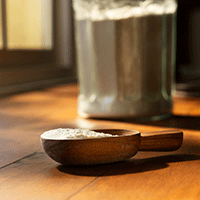
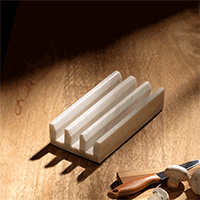
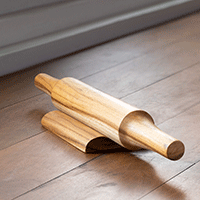

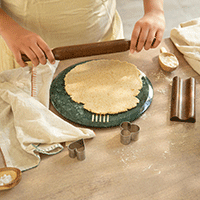
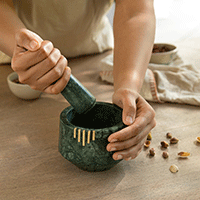
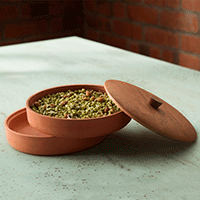
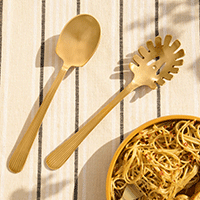
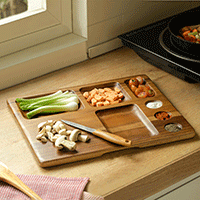
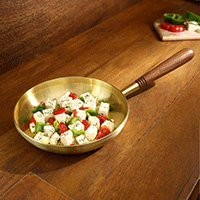
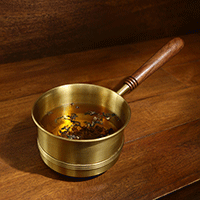
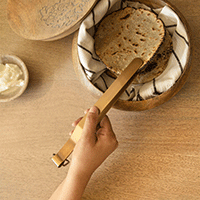
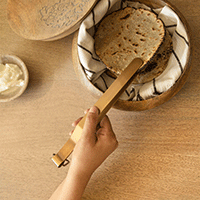
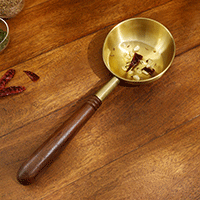
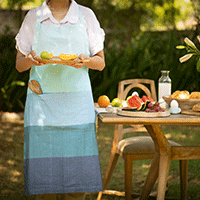
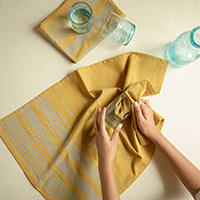
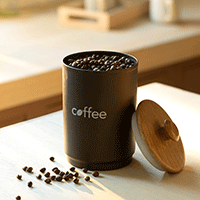
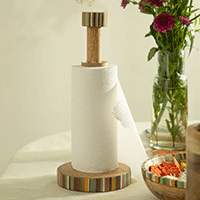
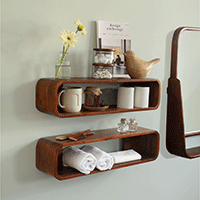
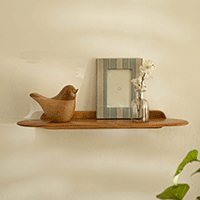
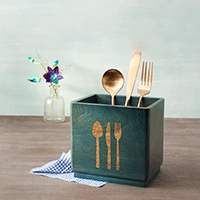
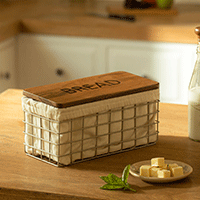
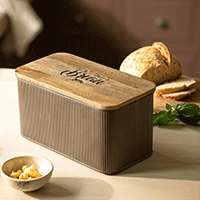
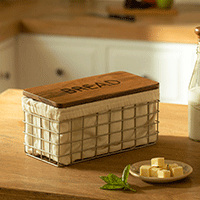
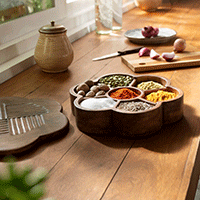

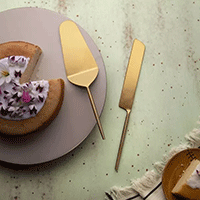
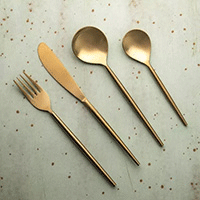
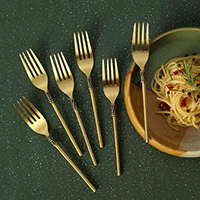
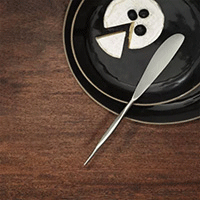
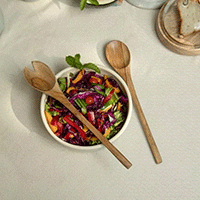
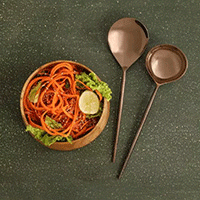
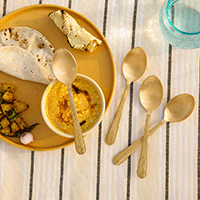
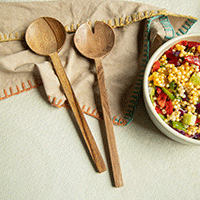
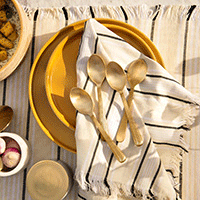
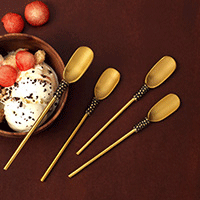
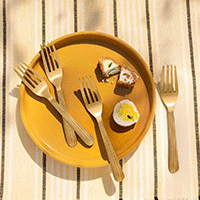
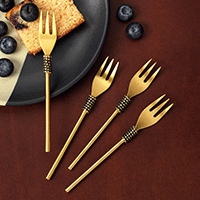
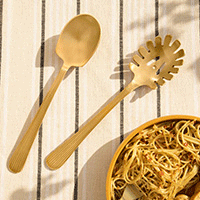
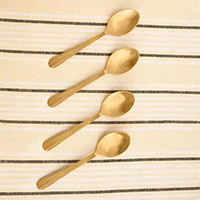

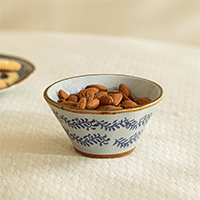
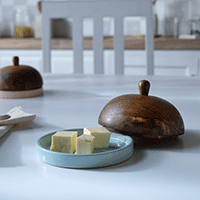
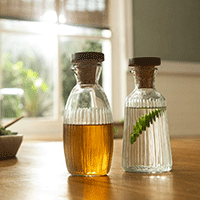
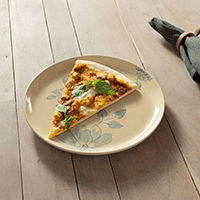
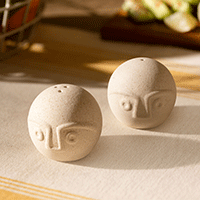
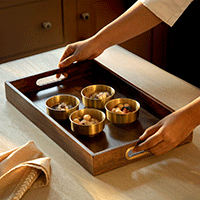
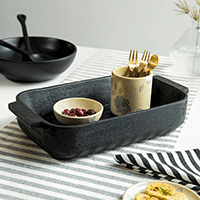
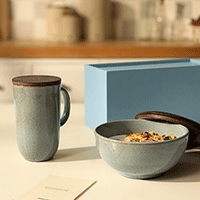


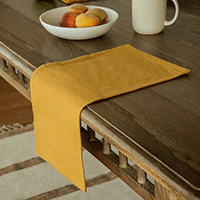
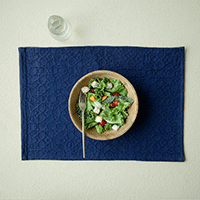
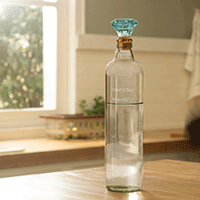
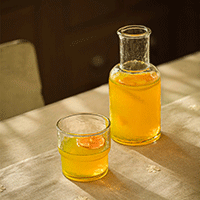
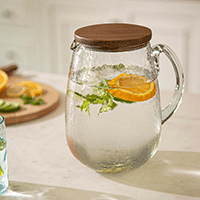
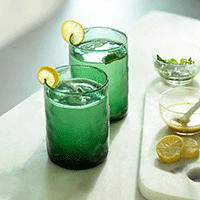
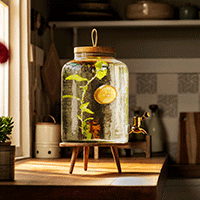
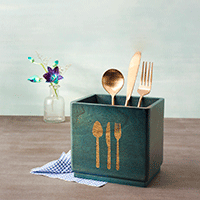
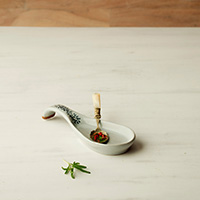
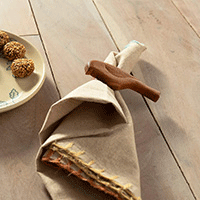

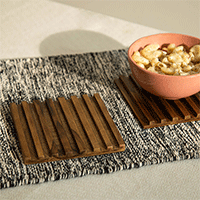
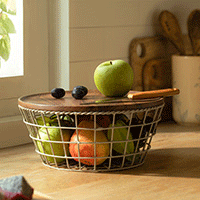
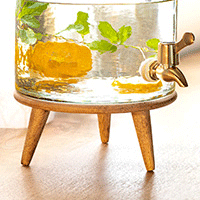
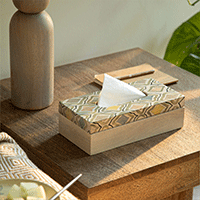

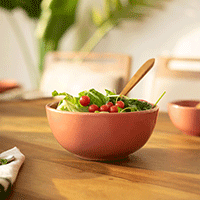
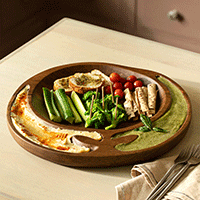
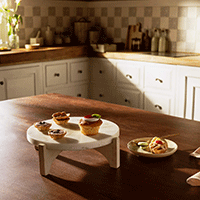
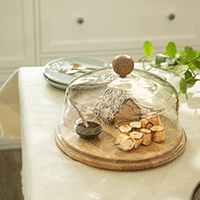
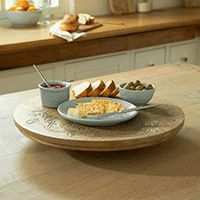
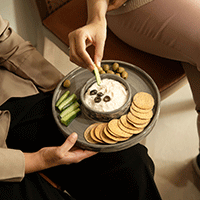
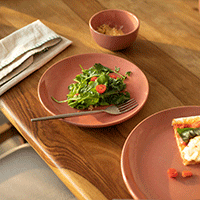
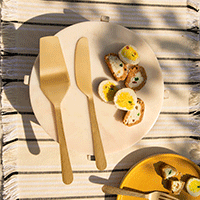
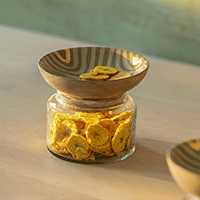
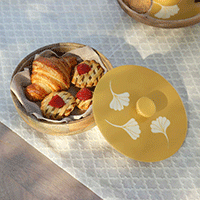
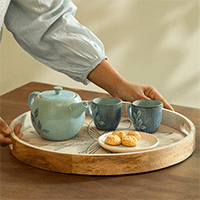
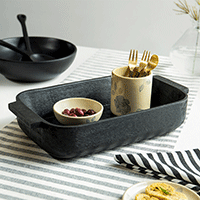
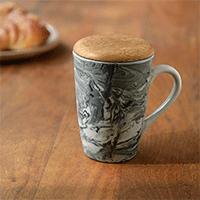
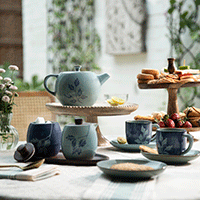
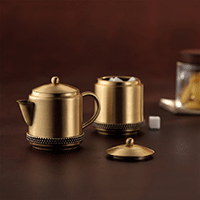
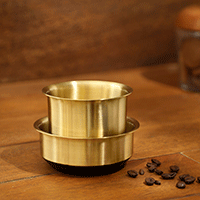

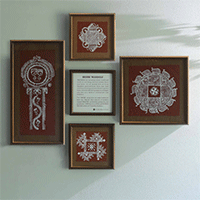
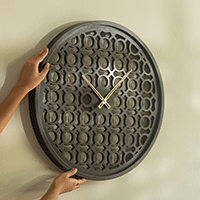
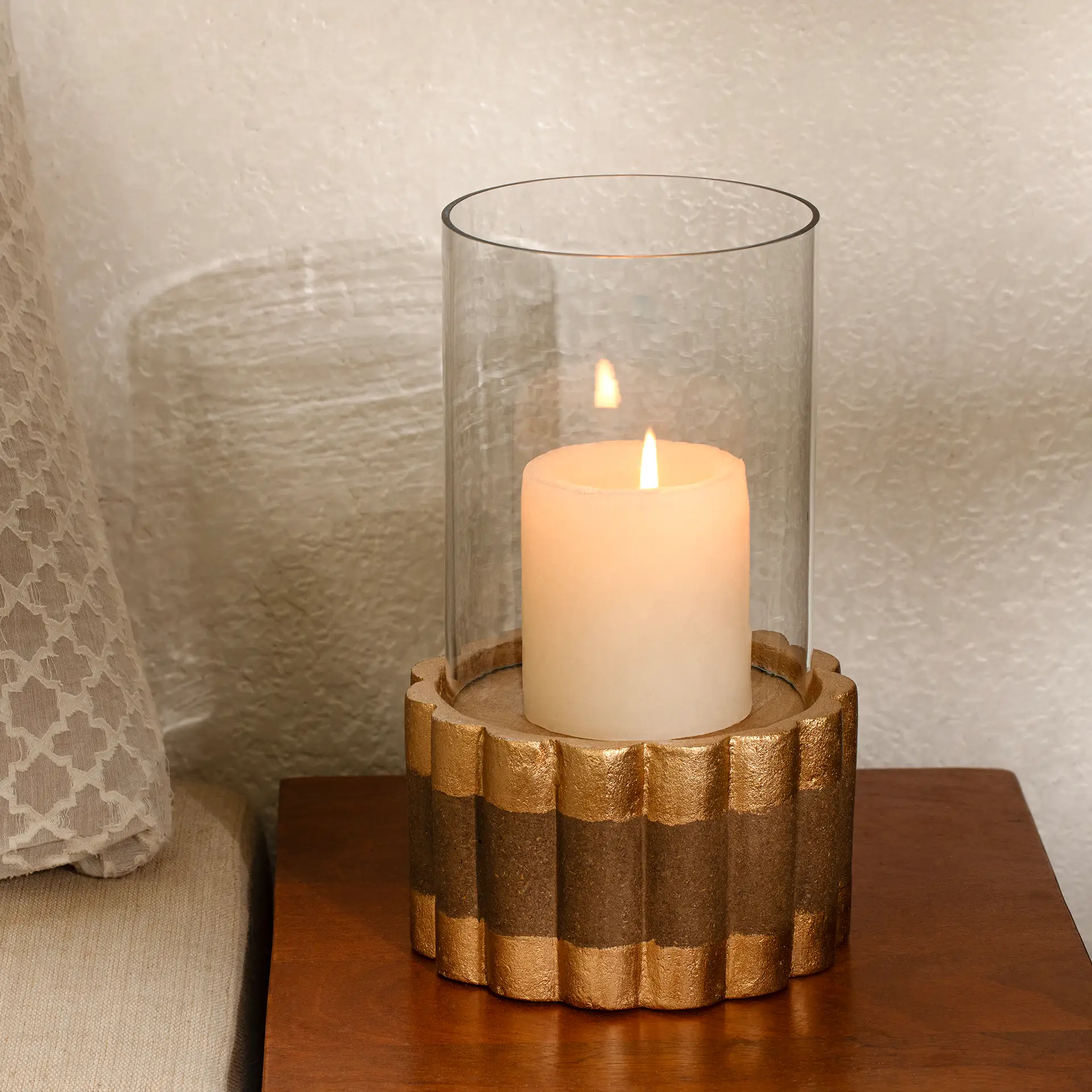
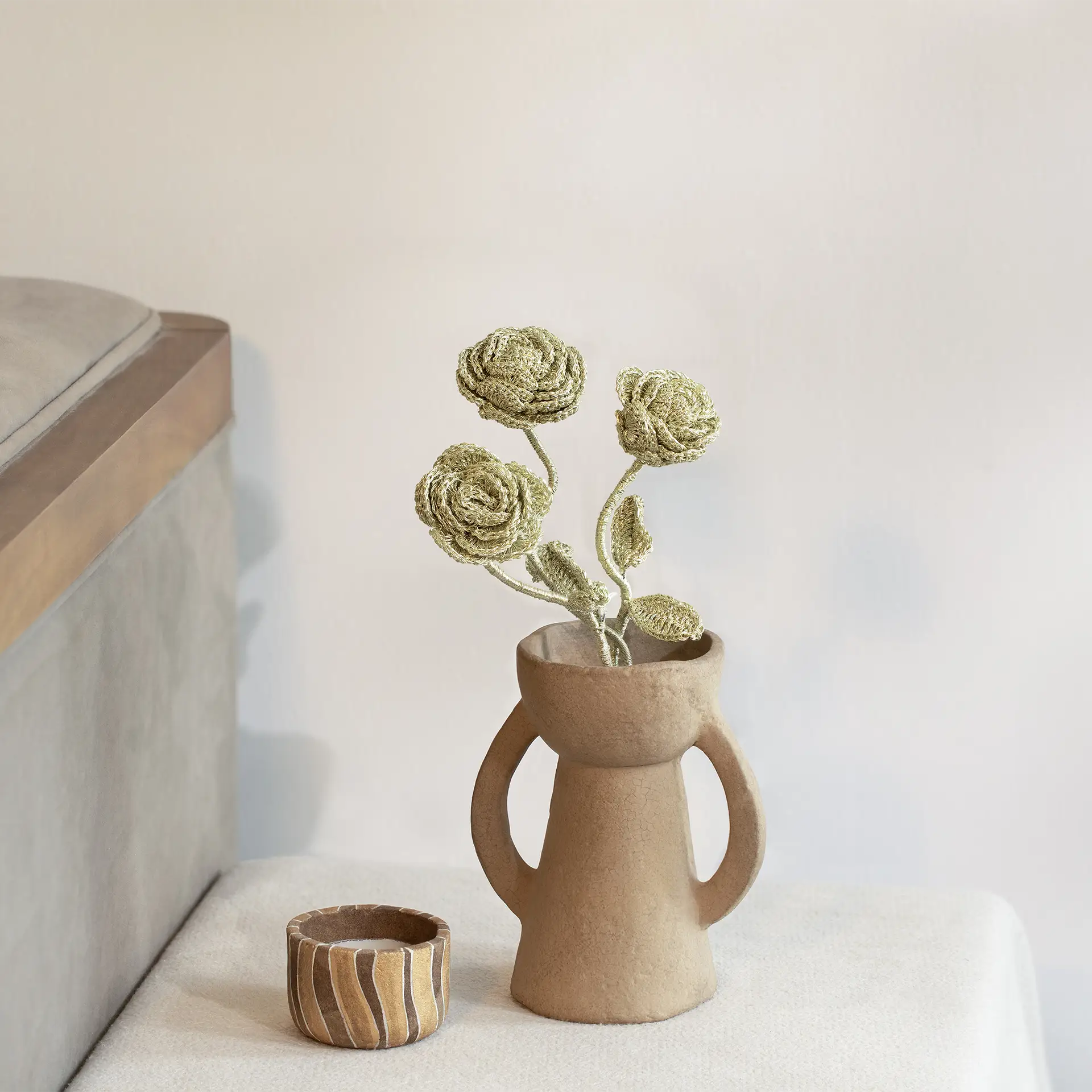
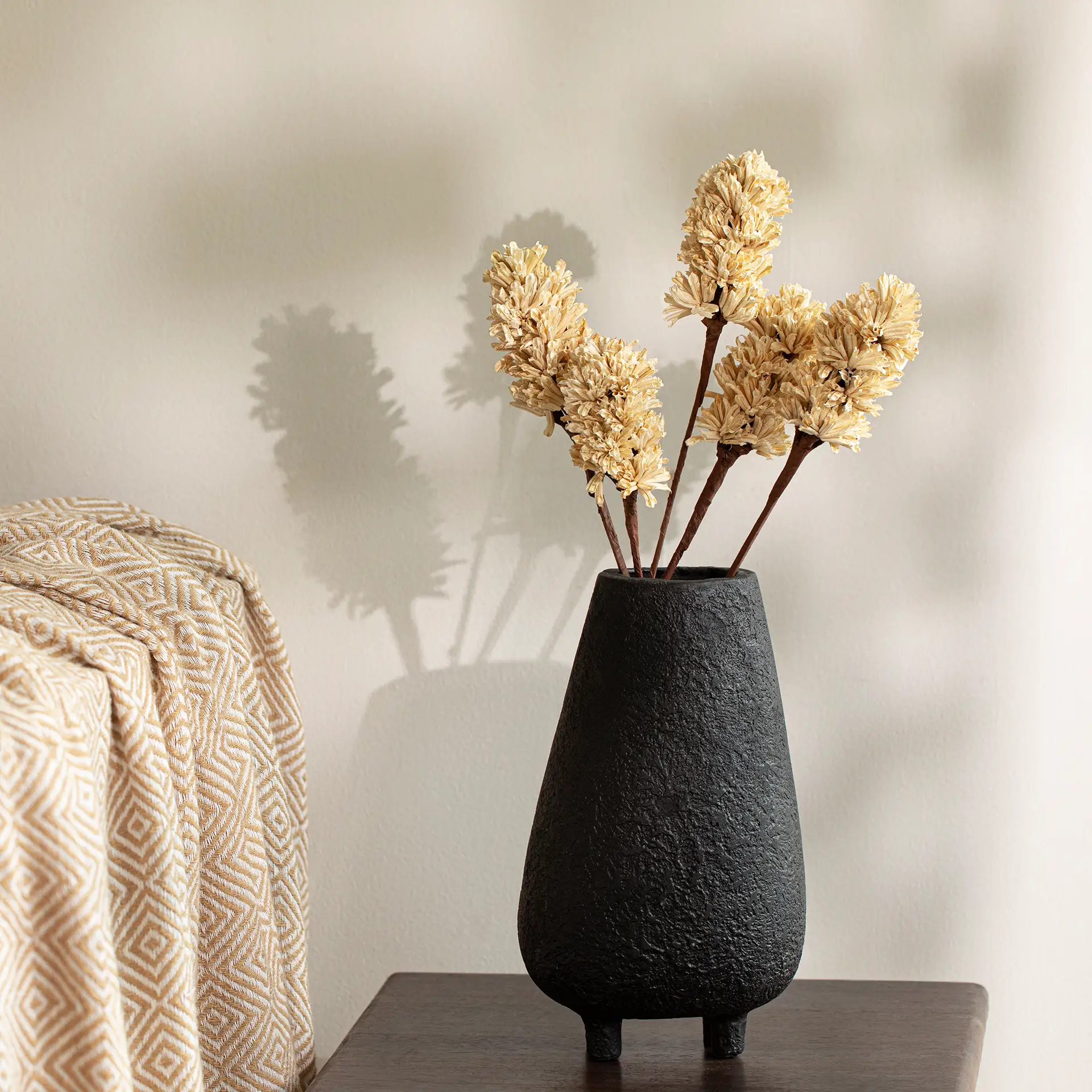
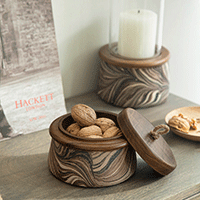
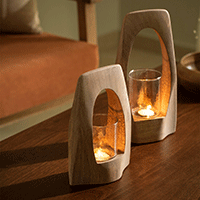
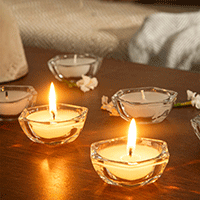
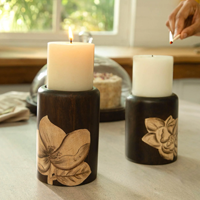
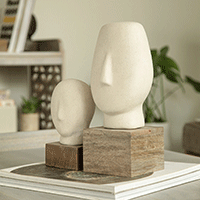
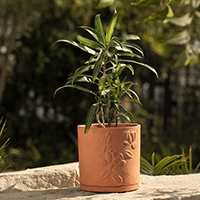
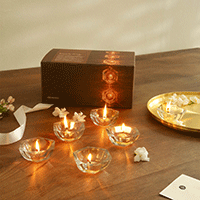
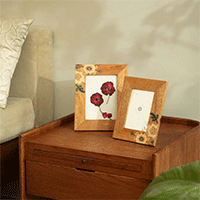
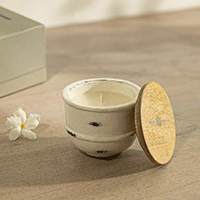
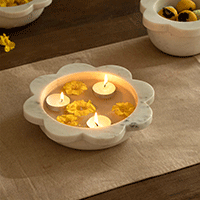
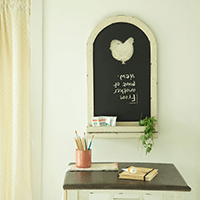
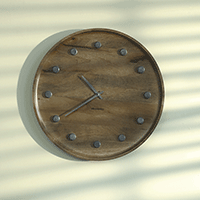
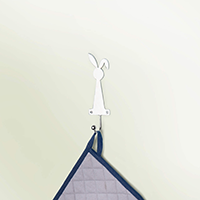
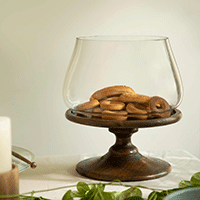
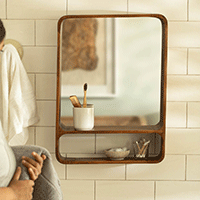
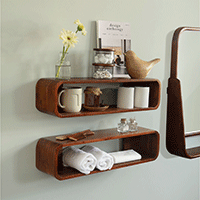

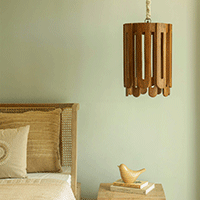
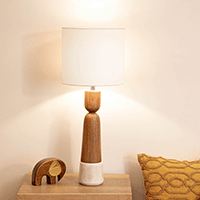
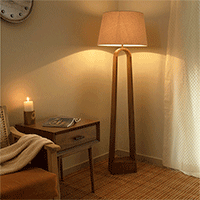
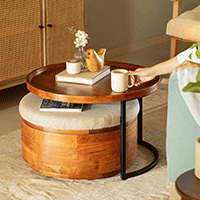
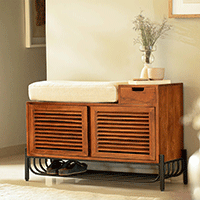
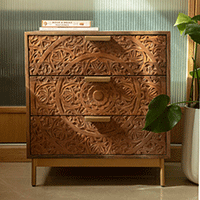
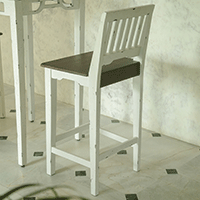
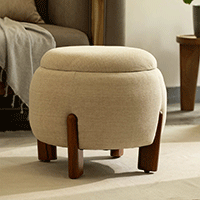
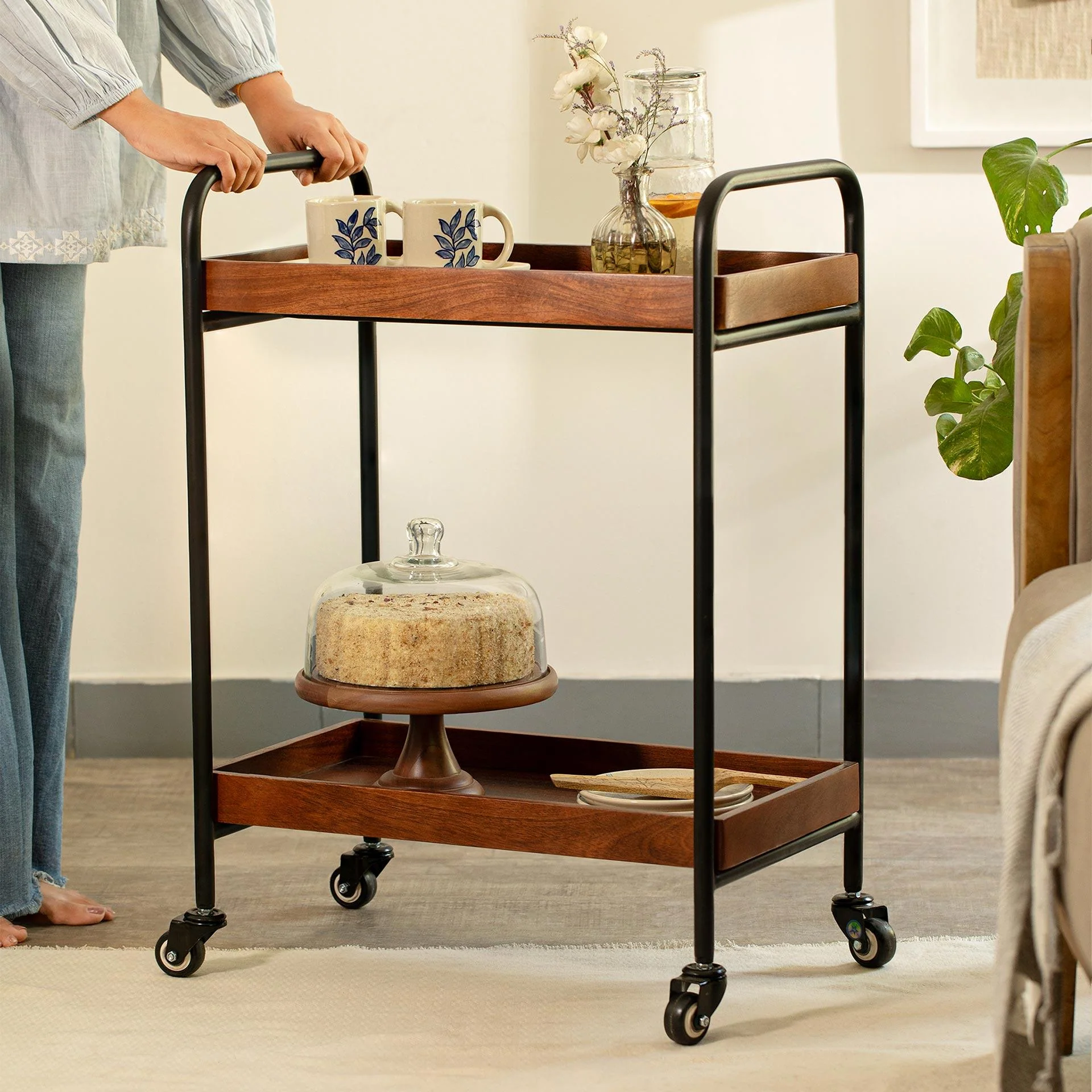

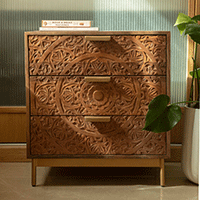
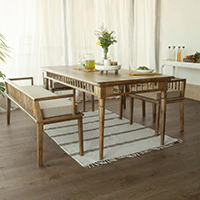
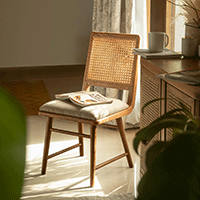

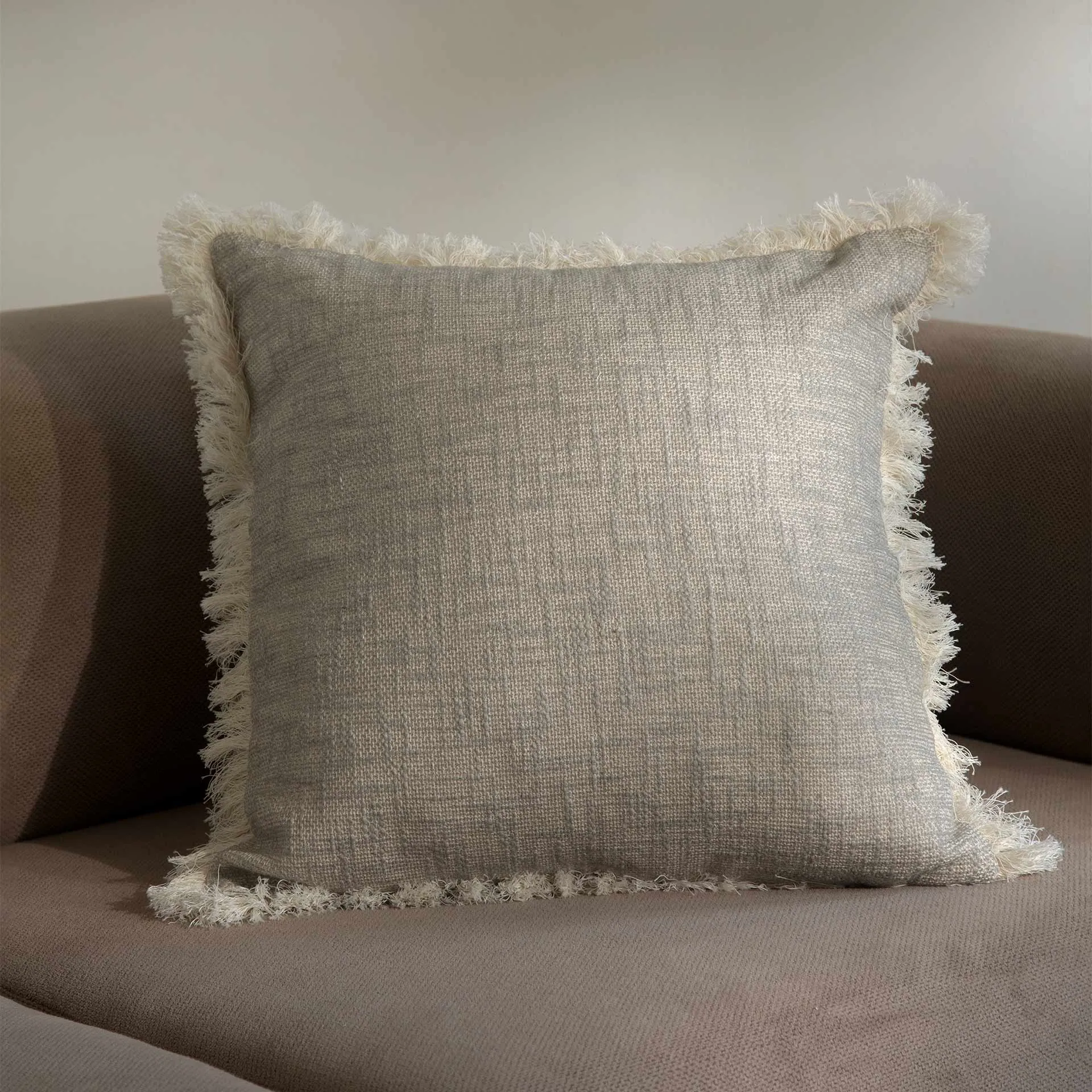
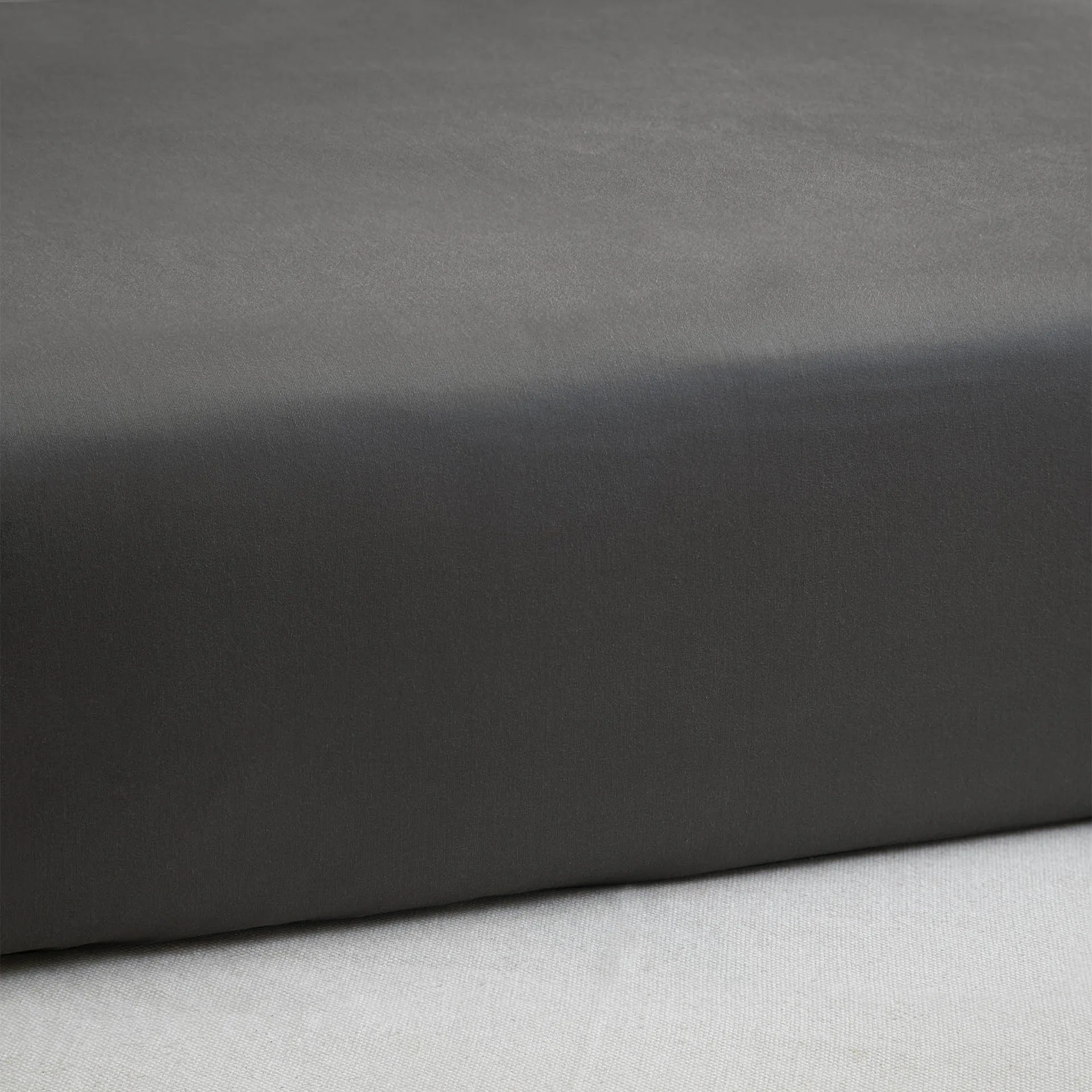

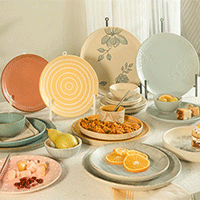
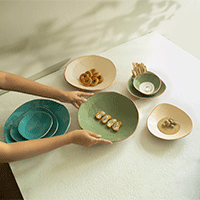
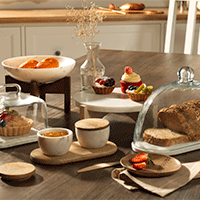
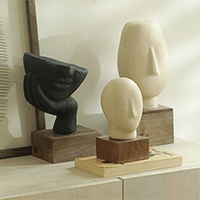
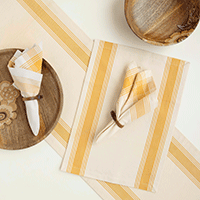
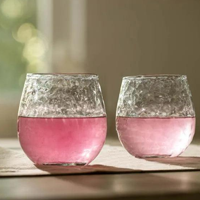
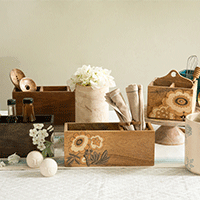
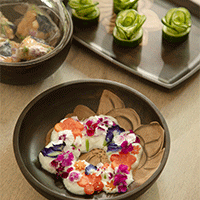
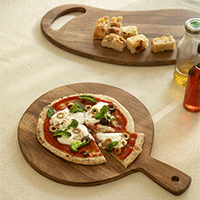
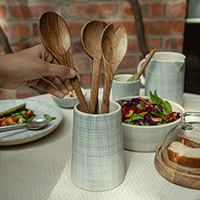
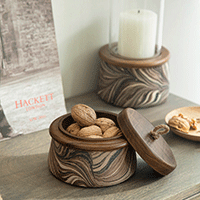
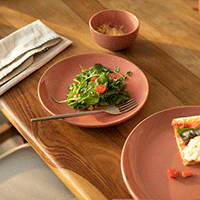
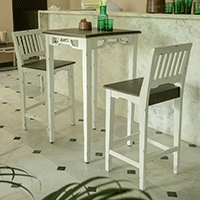
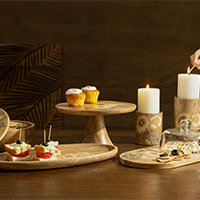
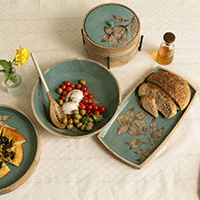
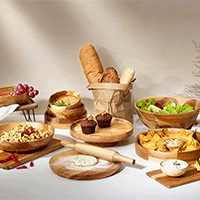
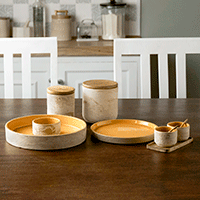
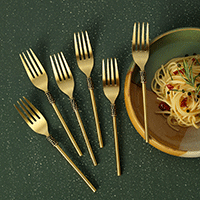
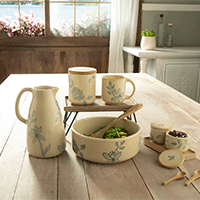
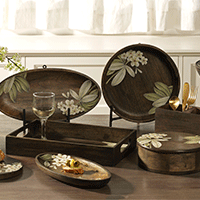
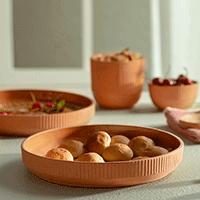
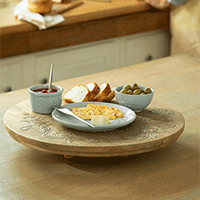
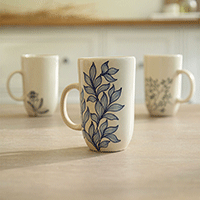
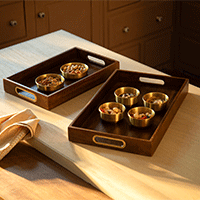
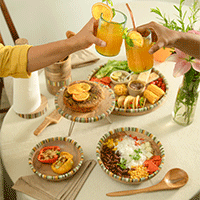
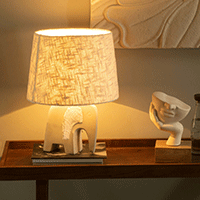
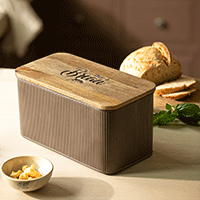
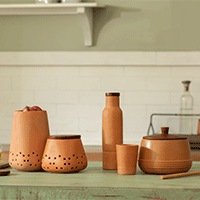
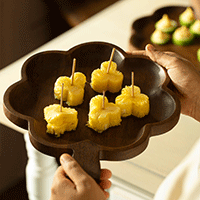
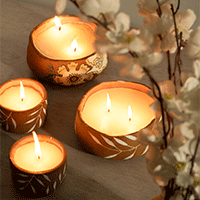
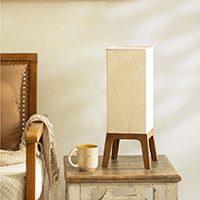
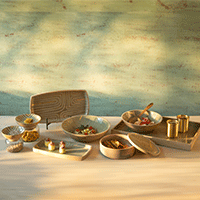
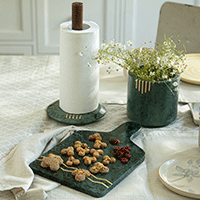
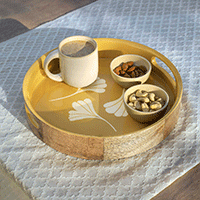
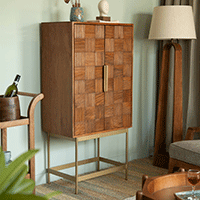
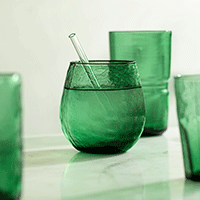
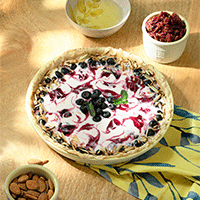
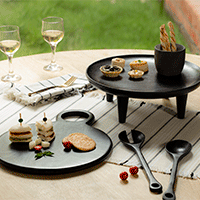
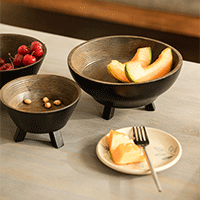
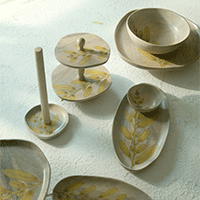
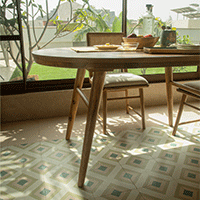
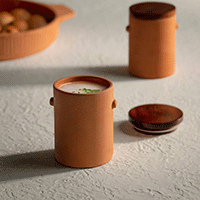
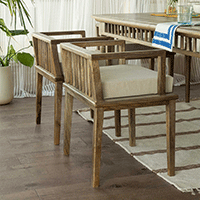

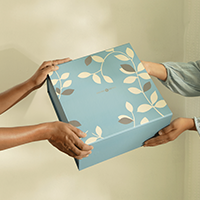
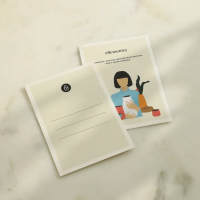
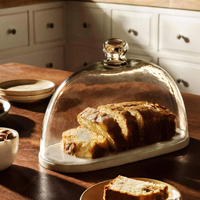
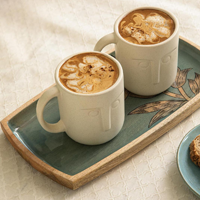
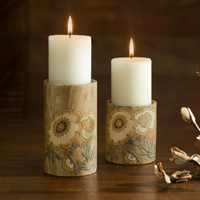
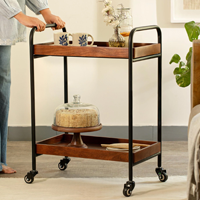
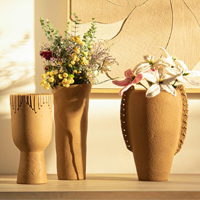
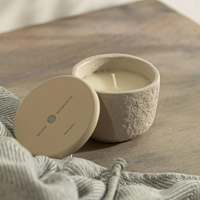
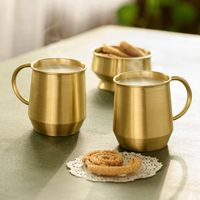
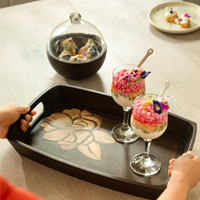
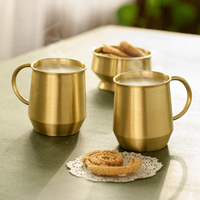
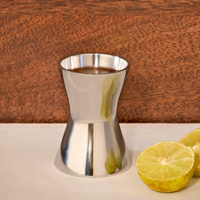
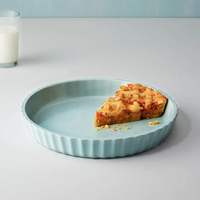
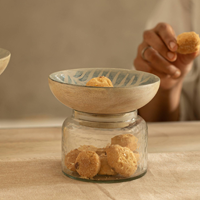
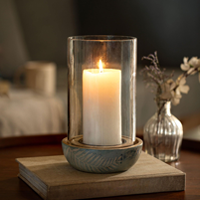
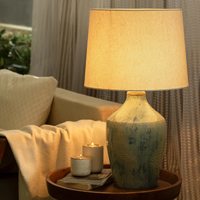
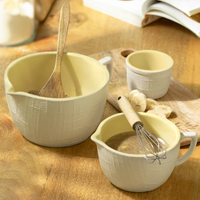
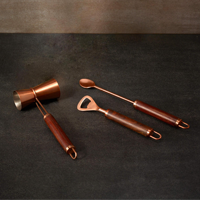
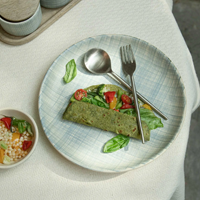









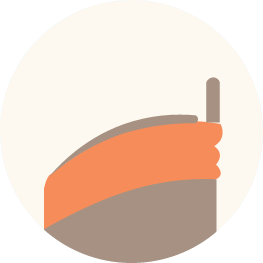


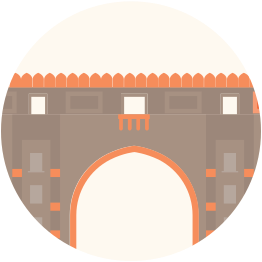





 easy returns
easy returns safe & secure
safe & secure hand crafted
hand crafted
